Hi, I’m Jeff Cavins, and today, I’d like to talk to you about how to read the bible using what the Church calls the canonical approach, or studying the bible as a whole and discovering the story within the bible.
As I’ve traveled this country and around the world and received emails from many of you, I’ve come to the conclusion that the number one question out there when it comes to Scripture is not, do people want to read it, but, how do we read it?
How do we read the bible?
So many people have been excited about reading the bible in a year. There’s been many of the programs called Read Through the Bible in a Year.
We get all excited and we go out and we buy a brand new bible, and then we have to wait until January 1st, and when January 1st rolls around, we start to read and we read Genesis and then we read on into Exodus, but then suddenly, right around March, we quit.
Why?
Because we’re in Leviticus and we don’t know where we’re at anymore. We’ve lost the story and we don’t know how it applies to our own live, and in a word, we find it boring.
Well, what if I could show you a way to read the bible by skipping over Leviticus, but coming back to it later?
I think you might be interested in it.

How to Read the Bible like St. Augustine: The Canonical Approach
Now, the approach that I’m suggesting here is an approach that goes way back in our church’s tradition. Saint Augustine used this approach, and he wanted to discover all of the great highlights of salvation history and pass them on to his students.
Later, Hugh of Saint Victor, among others, employed this method. As I mentioned, it’s called the canonical approach and you can read about it in the 1993 Pontifical Biblical Commissions document, The Interpretation of the Bible in the Church.
Now, in this method, what we do is we take the Old and New Testaments and then we lay out all 73 books in the bible, and then we have to discover. We have to learn what are the books that keep the story moving?
Because that’s the way you’re used to reading a book is you open it up – like Gone With the Wind, for example – you open it up and you begin to read page one, page two, page three, and you get the plot. You’re introduced to the characters. There’s a crisis and there’s a solving of the crisis in the book, and either you put it down saying, “That was a great book.” or “It wasn’t such a great book.”
Well, the only way that we’re going to come to the conclusion that this bible is a great book is if we can actually read the story, so I want to help you do that.
What we need to do is we need to discover the 14 books, and I’m gonna give those to you, so you might want to grab a piece of a paper and a pen to write them down. I’ll give you the 14 books that you need to read out of the 73.
As I mentioned, we have 73 books in the bible. We want to pull out the 14 that are narrative in style. In other words, they keep the story moving along.
So which are the 14?
Well, I’ll give them to you. We have
- Genesis,
- Exodus,
- Numbers,
- Joshua,
- Judges,
- 1st Samuel
- 2nd Samuel,
- 1st Kings
- 2nd Kings
- Ezra,
- Nehemiah,
- 1st Maccabees,
- Luke,
- and the Acts of the Apostles.
Now, if you read those 14 books in that order, you’re gonna pretty much get the narrative scope. You’re gonna get the big picture of salvation history, but still you have another problem on your hands and that is what are you going to do with the other 59 books like the poetry books and the wisdom books and the prophetic books? Where are you gonna put them?

How to Read the Bible’s Other 59 Books
Well, I have a tool for you that is gonna take a little bit more studying than we can provide in this little blog post, but at least I want to introduce to you.
It’s called the Bible Timeline Chart. This is part of the Great Adventure: A Journey Through the Bible that I teach in the Twin Cities of St. Paul and Minneapolis as well as around the U.S. on weekends, and we have it on also a DVD series for churches to participate in.
In fact, we have over 600 parishes now around the country that are using the Great Adventure series to study the bible, and in the Twin Cities of St. Paul and Minneapolis, I have over 4100 students who are going through the bible and studying with us right now.
Well, on this chart, let me show you this. We have the whole bible divided up into 12 periods front and back, 12 periods, and then we take you through the 14 books necessary to go through those 12 periods, and we show you exactly where all 59 of the other books fit in to the context of those 14 books, so that’s a little approach to reading the bible that will set you on the road to understanding it as story, and people, they’re eating this up. They can’t get enough of the bible.
God is speaking to people in such an intimate way.
You know he writes as a father writing a love letter to his children, and that love letter is really meant to be understood, and I hope that this methodology which is thoroughly, thoroughly Catholic would help you. In fact, you know just recently, we received the imprimatur of the Catholic church on the Great Adventure, so we’re very proud of that.
Now, if you would like to get more information on the Bible Timeline Chart, or the DVDs, you can follow any of these links below to get more information on them:
- The Bible Timeline: The Story of Salvation – Starter Pack
- The Bible Timeline Chart
- The Bible Timeline Study Set
- The Bible Timeline DVD Set
God bless you and you have a great day.



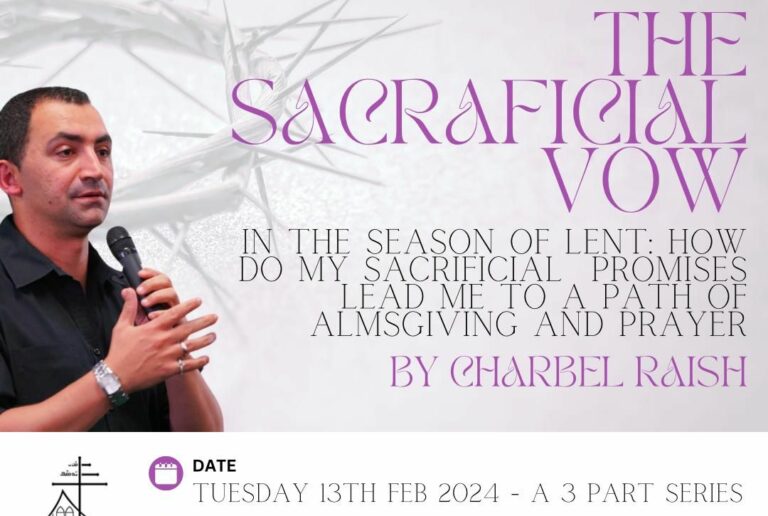
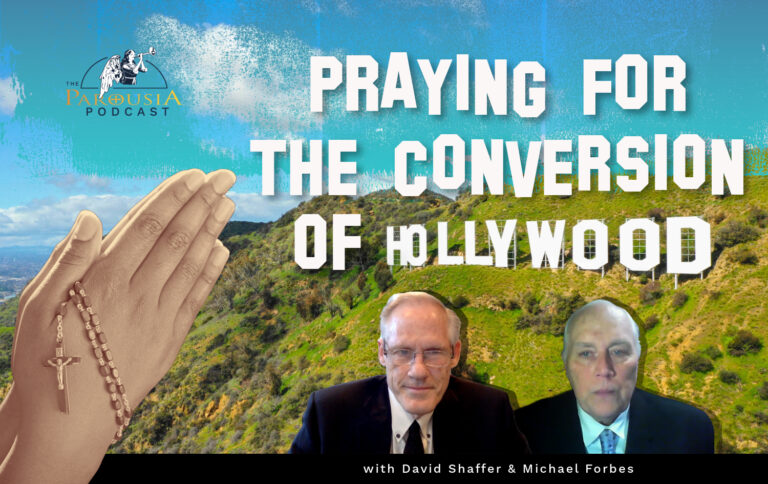

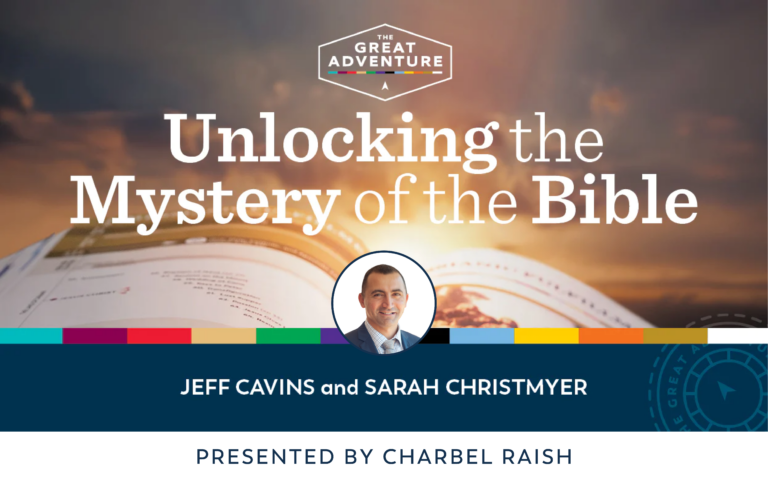
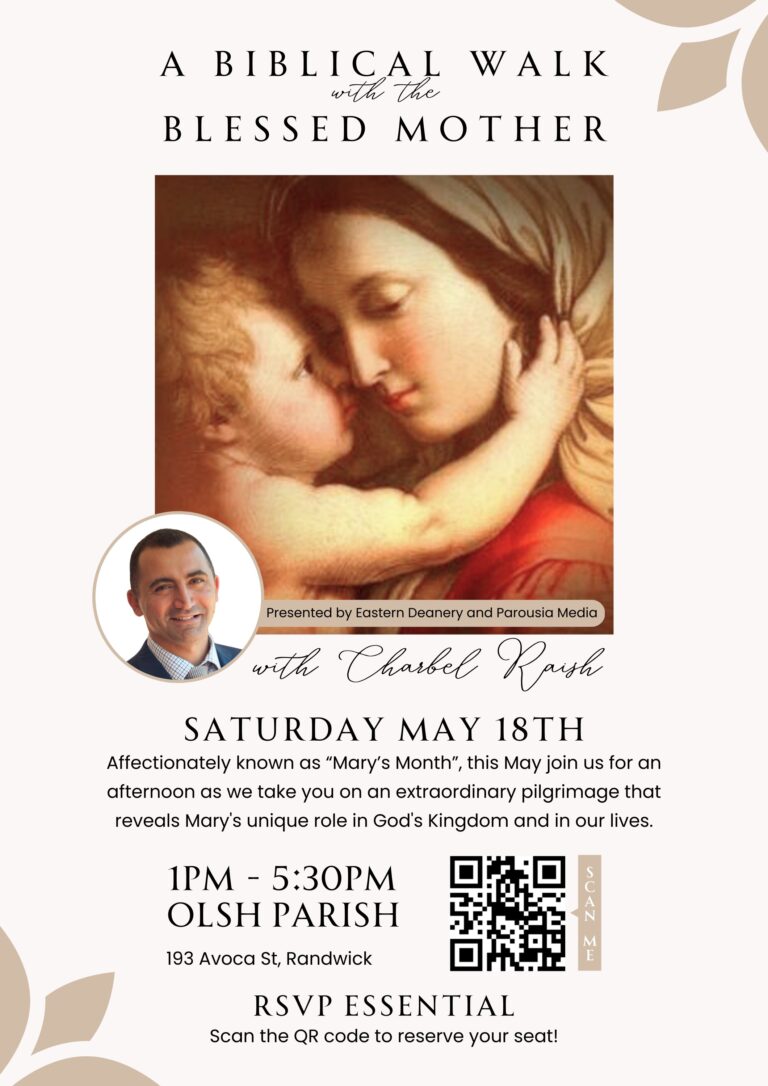
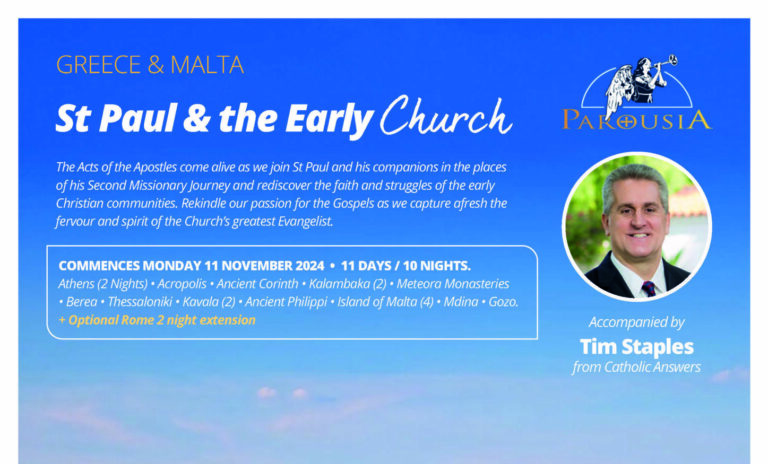
Recent Comments